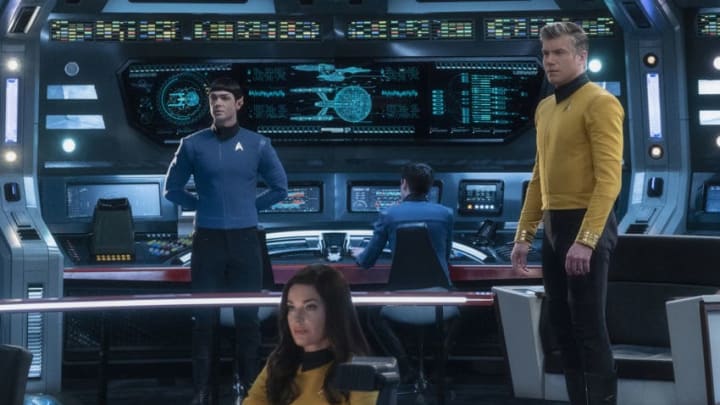Star Trek: 5 things we want to see (and 2 things we don’t want) in a new Pike and Spock spin-off series
By Duncan Smith

Time travel
It’s always messy and almost always provides a deus ex machina to solve its problems. Star Trek has delved deep into time travel many times with varying levels of success, including sending Discovery almost a millennia into the future.
It’s not always a bad thing, but it’s often risky and often ends up sacrificing any character or situational development by the time all is said and done. Star Trek at its best develops its characters, and it can do so most optimally by being comfortable in its skin and occupying its space.
Let’s stay in the 23rd century as much as possible, shall we?
No technological leaps
Discovery reinvented how technology works in the 23rd century. Holographic displays for communications replaced the regular old view screen, and that wasn’t even commonly used in Star Trek until the later seasons of Deep Space Nine.
Discovery was a show that didn’t have to operate on a shoestring budget and create special effects with tinsel and mirrors, but it did go out of its way to create technology whose disappearance would be difficult to explain.
Next. Short Treks are Star Trek's newest contextual tool. dark
This Pike and Spock series doesn’t need to rely upon these tech tricks and should avoid them if at all possible.